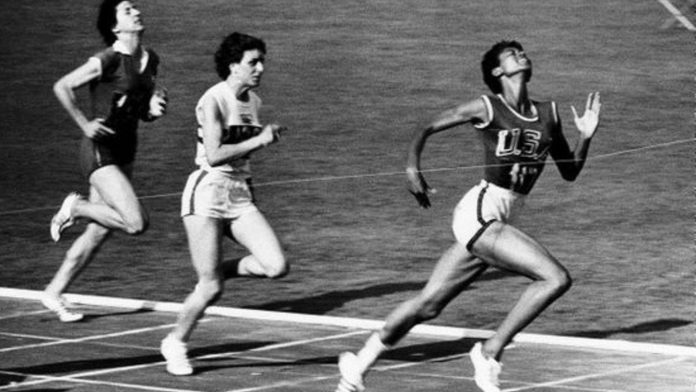The history of women’s sports is a story of determination, perseverance, and triumph over adversity. For many years, women were excluded from participating in sports and faced numerous obstacles and challenges in their pursuit of athletic excellence. However, over time, women’s sports have evolved into a thriving and empowering industry, providing opportunities for women to showcase their talents and inspire future generations. In this article, we will explore the evolution of women’s sports and how they have become a symbol of empowerment and equality.
Contents
The Early Days of Women’s Sports
Women’s participation in sports can be traced back to ancient civilizations, such as Greece and Rome. However, in modern times, women’s sports were not widely accepted and were often met with hostility and discrimination. In the early 20th century, women were discouraged from participating in sports, as it was believed that physical activity could damage their reproductive organs and make them unfeminine. Moreover, women were not allowed to participate in the Olympic Games until 1900, and even then, only in a limited number of sports.
The Fight for Equality
Despite these obstacles, women continued to push for their right to participate in sports. In the 1920s and 1930s, women’s sports gained some recognition, and female athletes began to compete in events such as tennis, golf, and track and field. However, they still faced numerous challenges, including lack of funding, limited access to facilities and equipment, and discrimination based on gender.
In the 1960s and 1970s, the women’s liberation movement brought the issue of gender inequality in sports to the forefront. Women began to demand equal opportunities in sports, including access to scholarships, coaching, and facilities. In 1972, Title IX of the Education Amendments Act was passed, prohibiting sex discrimination in any education program or activity that receives federal funding. This landmark legislation had a significant impact on women’s sports, as it provided equal opportunities for women in college athletics.
The Rise of Women’s Professional Sports
The 1970s also saw the emergence of women’s professional sports leagues, such as the Women’s Professional Basketball League (WBL) and the National Women’s Football League (NWFL). However, these leagues struggled to gain mainstream popularity and eventually folded due to financial difficulties.
In the 1990s, women’s professional sports began to gain more recognition, with the establishment of the Women’s National Basketball Association (WNBA) and the Women’s United Soccer Association (WUSA). These leagues provided female athletes with the opportunity to play professionally and earn a living from their sport. In addition to these leagues, women’s sports also gained more visibility through events such as the Women’s World Cup and the Olympic Games.
The Current State of Women’s Sports
Today, women’s sports have become a thriving industry, with numerous professional leagues and events around the world. Female athletes are celebrated for their talent and skill, and their achievements are often on par with those of their male counterparts. However, despite the progress that has been made, women’s sports still face challenges, including unequal pay, lack of media coverage, and discrimination based on gender and sexual orientation.
One of the most significant challenges facing women’s sports is the issue of pay equity. Female athletes often earn significantly less than male athletes, despite comparable achievements and success. This pay gap is particularly pronounced in sports such as soccer and basketball, where male athletes earn substantially more than their female counterparts. Moreover, women’s sports receive less media coverage than men’s sports, which can make it more challenging for female athletes to gain recognition and sponsorship opportunities.
Another challenge facing women’s sports is discrimination based on gender and sexual orientation. Female athletes who identify as LGBTQ+ often face discrimination and stigma, which can negatively impact their athletic careers. Moreover, women who do not conform to traditional gender norms may face ridicule and criticism, which can deter them from participating in sports.
Despite these challenges, women’s sports continue to grow and evolve. Female athletes are breaking barriers and inspiring future generations of girls to pursue their athletic dreams. Women’s sports have become a symbol of empowerment and equality, demonstrating that women can achieve anything they set their minds to.
Conclusion
The evolution of women’s sports is a testament to the perseverance and determination of female athletes. Despite facing numerous obstacles and challenges, women have fought for their right to participate in sports and have become a driving force for change and progress. Today, women’s sports are a thriving industry, providing opportunities for female athletes to showcase their talents and inspire others.
However, the fight for gender equality in sports is far from over. Women’s sports still face challenges, including unequal pay, lack of media coverage, and discrimination based on gender and sexual orientation. It is up to all of us to continue to push for progress and advocate for equal opportunities for all athletes, regardless of gender. Only then can we truly achieve equality and empowerment for all.



